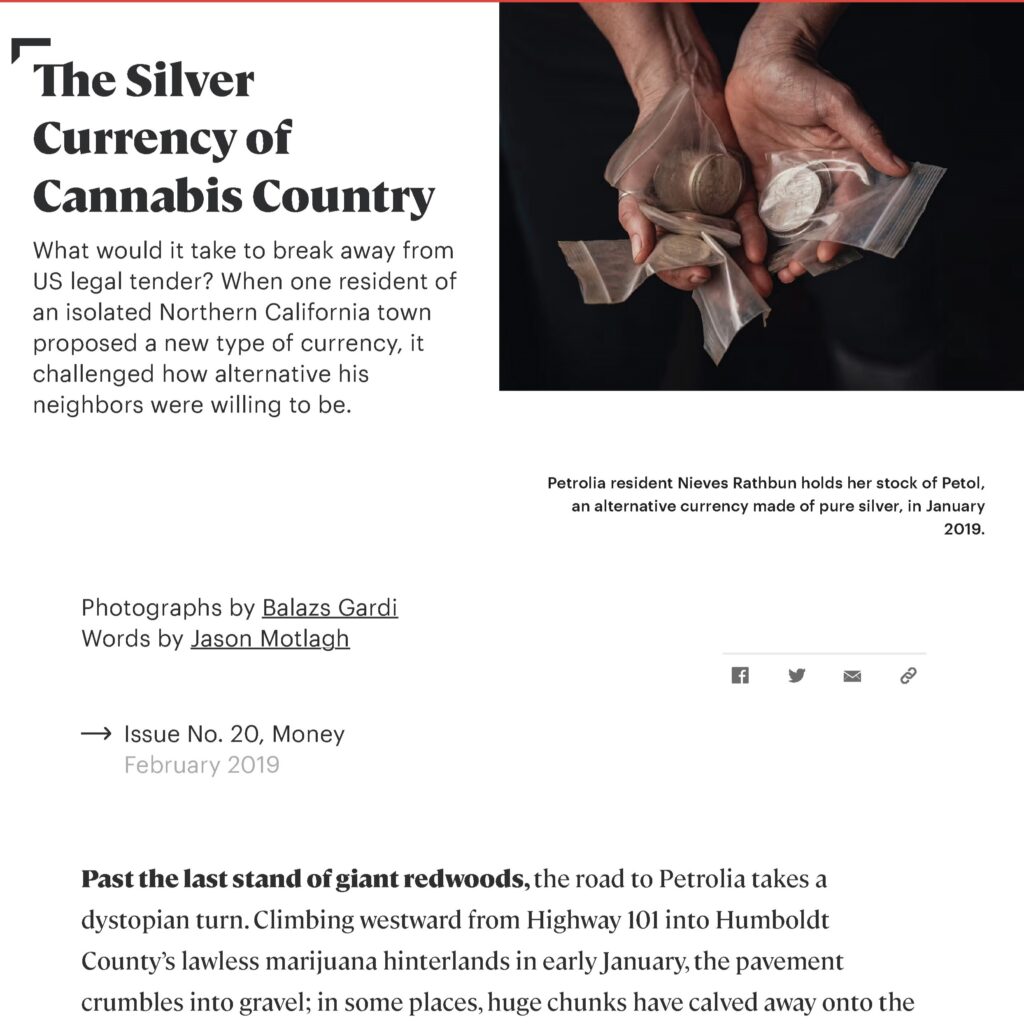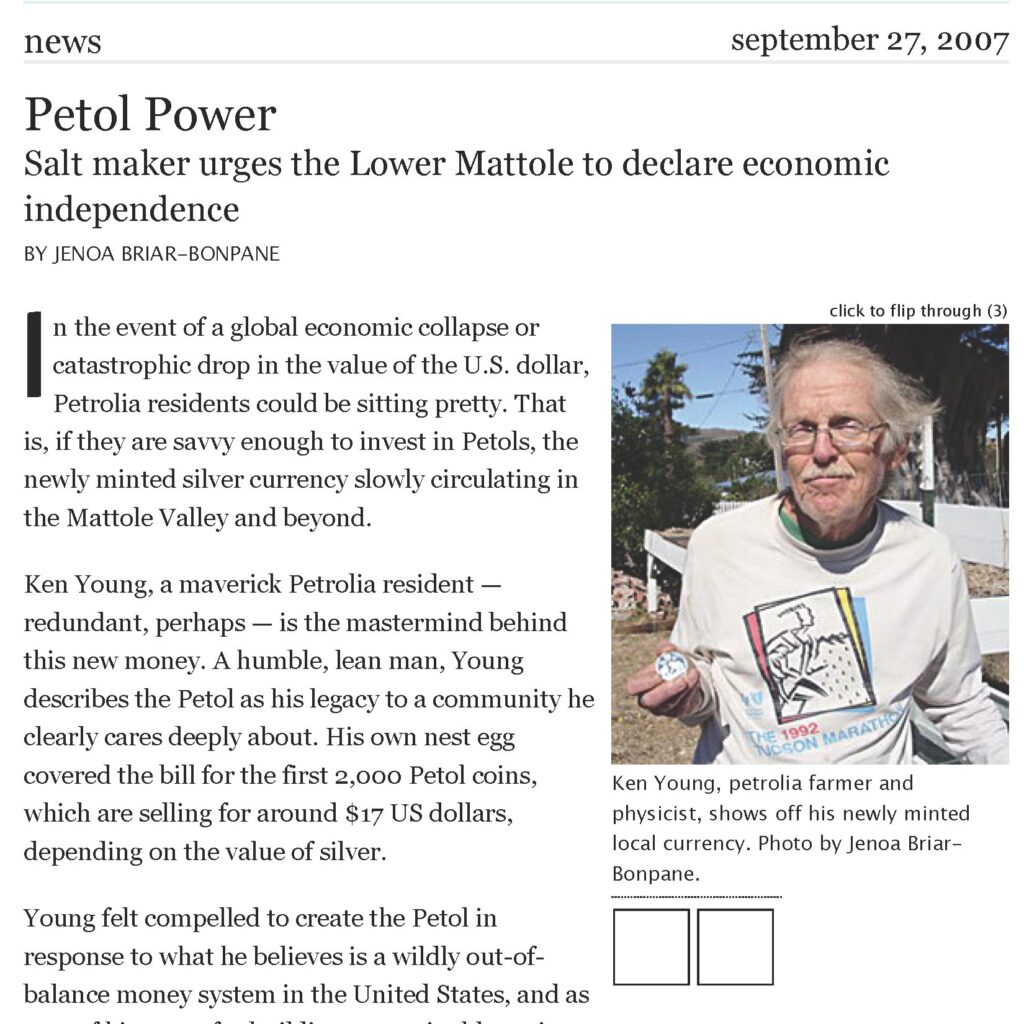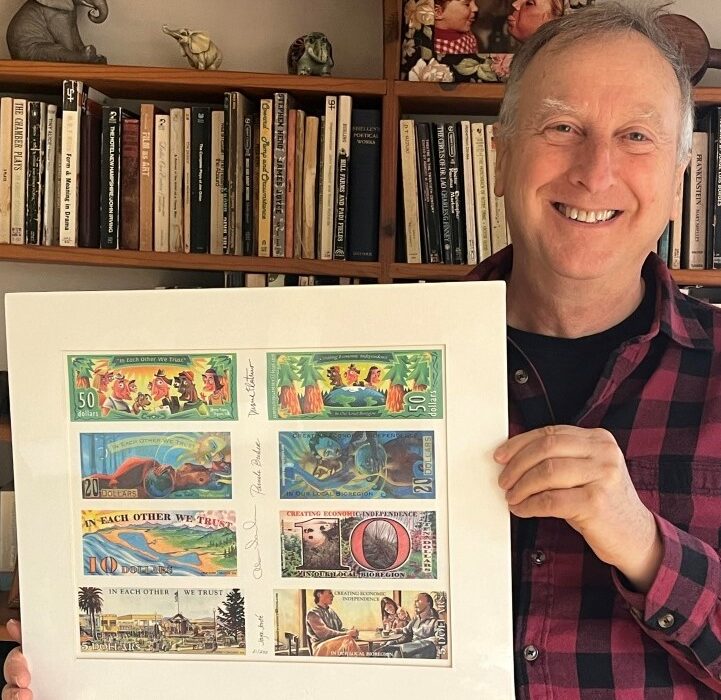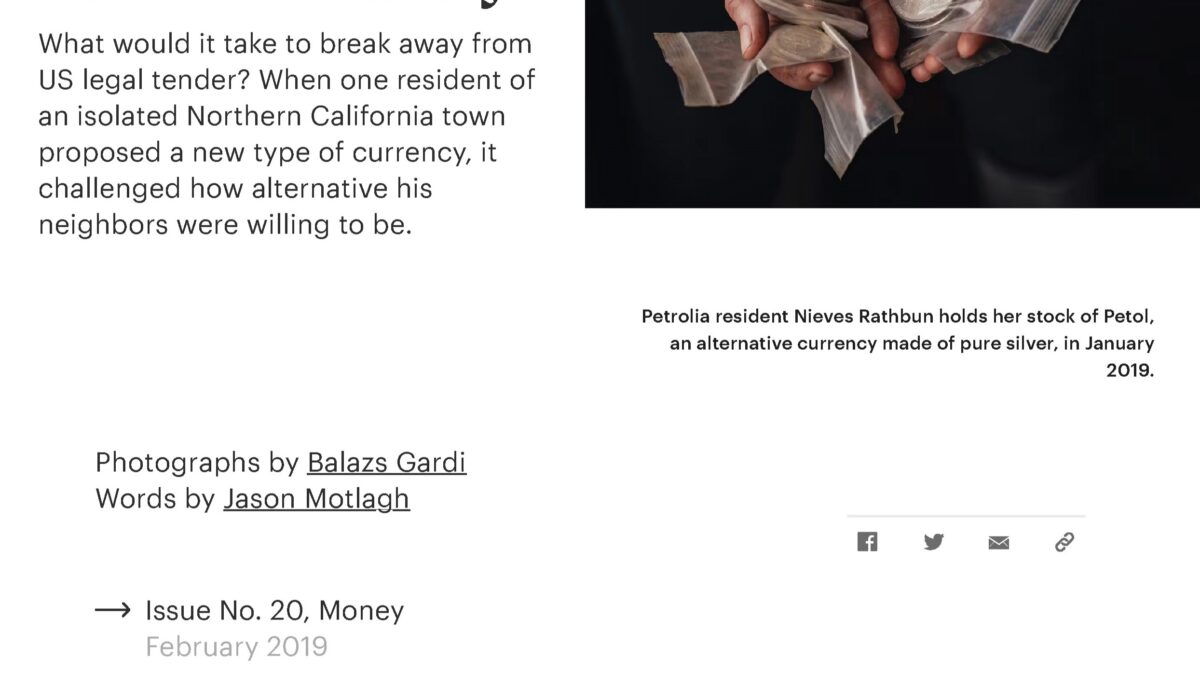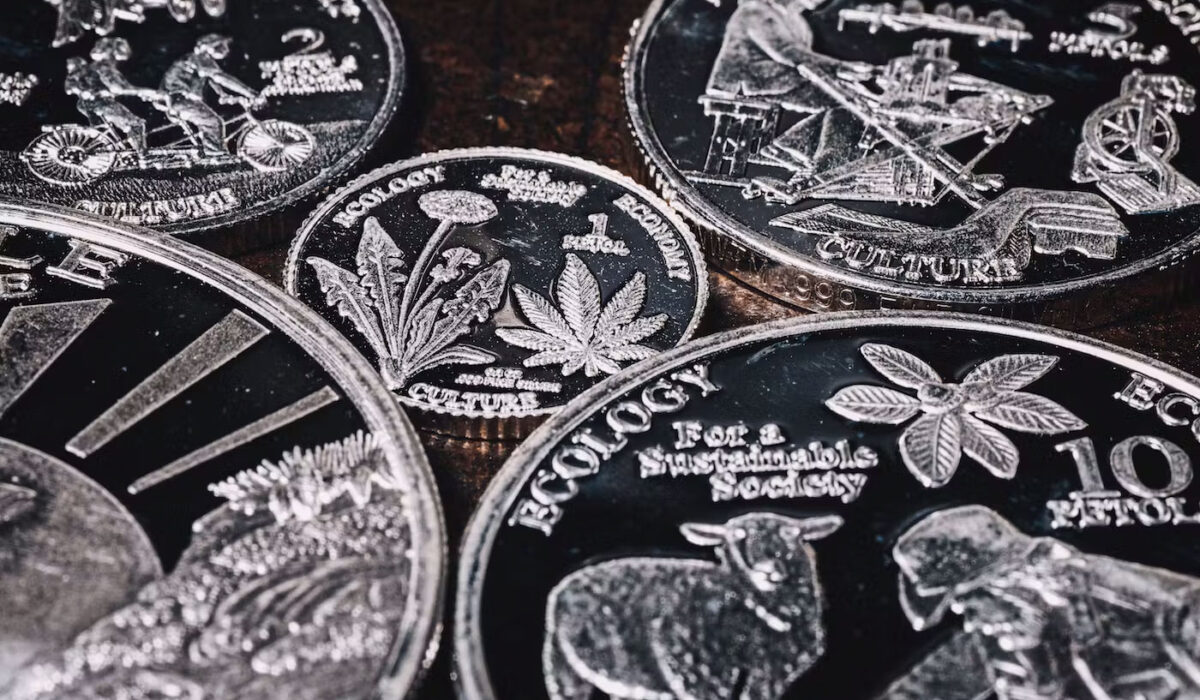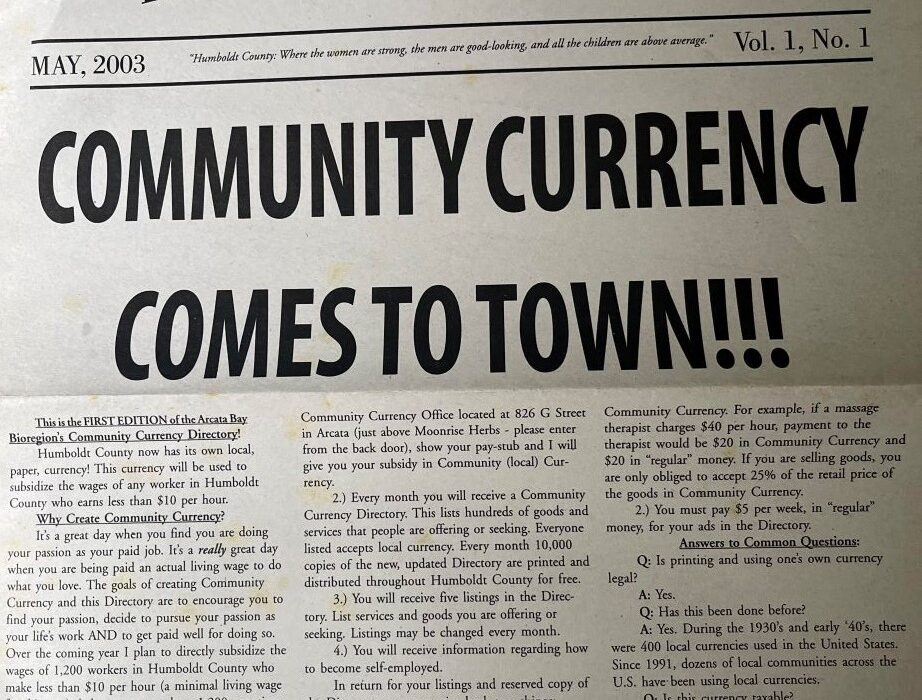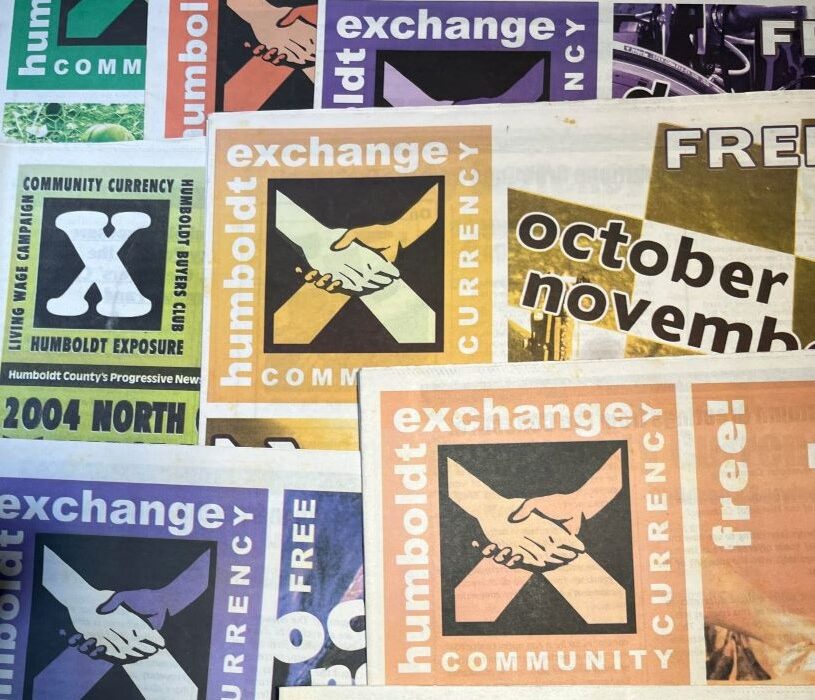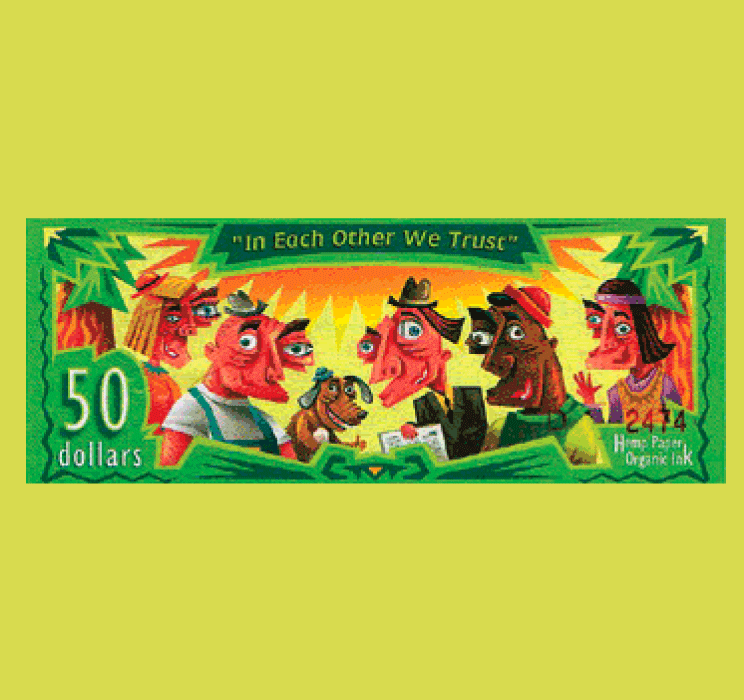The Silver Currency of Cannabis Country
Story captured 7/19/2023 at https://topic.com/the-silver-currency-of-cannabis-country. Story written by Jason Motlagh.
“Illicit cannabis farming allowed residents to sustain their homestead lifestyles, and they learned to grow it well. Humboldt, Lake, and Trinity Counties became known as the Emerald Triangle, leading the country in high-grade pot production. When authorities began cracking down on cannabis farmers with troops and helicopters in the mid-1980s, an us-versus-them nativism hardened in the valley.
Pot profits kept Petrolia residents flush through the 2000s and helped support an array of community-oriented projects. Biodiesel production, stonemasonry, a farmers’ cooperative, a seed bank, winemaking, hemp clothing, herbal medicine, roadkill skinning—these were just some of the goods and services available in what was loosely called the Mattole Self-Sufficiency Project, an informal network of three dozen members that promoted barter trade and interdependence. Young believed that minting coinage was the next step.
Young’s evangelism, and the general disquiet following the 2008 financial crisis, convinced many residents and organizations to invest in his idea. Several contractors and massage therapists agreed to accept the Petol, as did some vendors at the weekly farmers market. By 2016, Young had reportedly sold at least $150,000 worth of Petols. But much to his disappointment, the Petrolia general store, the lone place to buy provisions in town, would not tender the currency. “It was just too hard to deal with—always having to check the price of silver, making calculations, and so on,” says a longtime store employee who does not want to be named. But still, she adds, the Petol was “real money, no question.”
